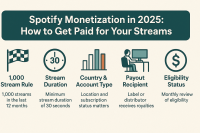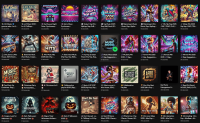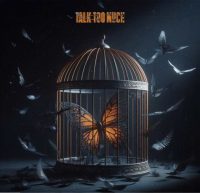Spotify, the world’s largest music streaming service, is once again under scrutiny — this time facing a class-action lawsuit in the United States that accuses the platform of allowing and benefiting from fraudulent streams generated by bots, particularly for high-profile artists. The case, filed in federal court, raises serious questions about the transparency of Spotify’s royalty distribution model and the integrity of its streaming metrics.
The Core of the Allegation
According to the lawsuit, Spotify allegedly failed to act against bot-farmed streams — automated systems designed to inflate play counts artificially. The complaint suggests that these fake streams were not isolated incidents, but part of a broader pattern that may have distorted payout structures and visibility algorithms.
Plaintiffs argue that this practice unfairly favors mainstream acts, whose artificially boosted numbers increase their presence on editorial playlists and algorithmic recommendations, while independent or emerging artists are left behind.
Pitchfork reports that the lawsuit claims Spotify “knowingly permitted fake streams” linked to prominent artists, thereby skewing revenue distribution and misrepresenting actual listener engagement.
A Question of Fairness and Royalties
At the heart of the debate is Spotify’s pro-rata payment model — where the total revenue pool is divided based on an artist’s share of all streams across the platform. If a significant number of those streams are fake, legitimate musicians end up losing part of their rightful income.
This lawsuit could therefore challenge the foundation of Spotify’s current royalty system. A ruling against the company might pressure the industry to consider user-centric payment models, where listeners’ individual subscription fees are distributed only to the artists they actually play — a structure already being explored by Deezer and SoundCloud.

Implications for Independent Artists
For independent musicians and producers, the case highlights a long-standing issue: the lack of transparency in how streaming platforms measure and monetize engagement. Fake streams don’t just inflate numbers — they distort algorithms, redirect royalties, and erode trust in digital platforms.
It’s a reminder that stream counts aren’t always what they seem, and that monitoring the source of your plays can be crucial for career integrity. Artists and labels increasingly use third-party analytics tools like Chartmetric, Viberate, or Spotify for Artists’ detailed dashboards to track where streams come from and detect suspicious activity early.
Moreover, this controversy may spark a new wave of interest in artist-friendly alternatives, such as Bandcamp, Audius, or Cantilever, which emphasize fairer payouts and transparency.
A Turning Point for the Streaming Economy?
Whether or not the plaintiffs win, the lawsuit could mark a major turning point in how the industry regulates streaming fraud. If proven, Spotify may have to overhaul its internal detection systems, adopt stricter anti-bot technologies, or even face regulatory oversight in markets like the EU or U.S.
This development follows a year of heightened tension around streaming ethics — including Deezer’s partnership with Universal Music Group to launch an “artist-centric” model and Spotify’s controversial royalty threshold policy.
As the digital music ecosystem matures, one thing becomes clear: trust and transparency are no longer optional. For independent artists, this case serves as both a warning and an opportunity — to push for platforms that reward authenticity, not automation.
Source: Pitchfork
![]()

















